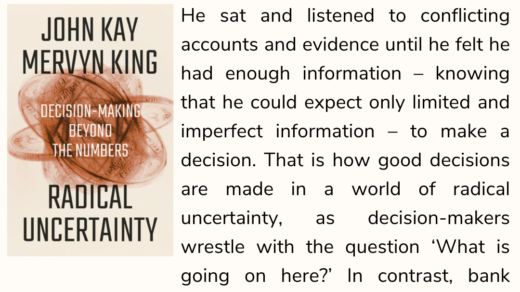Does vocational study really so tarnish your image? While it’s tempting to declare, “The jury is still out,” the truth is more like, “The jury has yet to be convened.” To my knowledge, this lamented stigma remains unmeasured. Still, the critics probably go too far. In our society, even incurable snobs rank vocational students above high school dropouts. The signal vocational ed sends is weak, not bad. In any case, matching course content to job openings remains the most direct way to ballpark vocational ed’s signaling share. All classes prepare students for some job. Auto shop teaches students how to repair cars; history teaches students how to do history. From a signaling standpoint, the issue is always, “How often do students use the skills they learn?” Vocational ed stands out because it prepares students for common jobs. According to the Bureau of Labor Statistics, the United States has roughly 900,000 carpenters, 700,000 auto mechanics, and 400,000 plumbers. Classic college-prep classes like literature, foreign language, and history fall short because they prepare students for rare jobs. The whole U.S. employs only 129,000 writers, 64,000 translators, and 3,800 historians. What then is vocational education’s signaling share? Bearing both stigma and job relevance in mind, half of normal is a reasonable guess. Suppose my earlier 80% signaling figure is correct, so 40% of vocational education’s payoff stems from signaling. Then ignoring the selfish advantages of learning a trade—extra income, higher employment, better high school completion rates—the social return for vocational ed surpasses regular high school’s by at least four percentage points. The social return for Poor Students—especially male Poor Students—exceeds 7%. Fiddling with the signaling assumption naturally shifts the bottom line, but as long as conventional schooling’s signaling share exceeds 50%, halving it dramatically boosts social returns. What makes vocational ed’s social return so ample? Status is zero-sum; skill is not. Conventional education mostly helps students by raising their status, but average status cannot rise. Vocational education mostly helps students by building their skills—and average skill can rise. Why are social returns especially ample for Poor Students? Because vocational ed trains these crime-prone students for productive work without igniting severe credential inflation.
Vocation training, which might be conventionally viewed by some as not the most desired of education outcomes, actually helps fill up the majority of the workforce needs.
What was super interesting in this passage also was about “status being zero sum and skill being not”. From the perspective of society, if everyone worked to simply improve their “prestige”, then it is an unfortunate use of resources on the aggregate and akin to a ‘prisoners dilemma’. Training our youths for the large variety of skills that society really needs (such as mechanics, carpentry, plumbing) instead of signalling would be a more efficient use of resources on the aggregate.
Of course, the counterpoint is that learning things like ‘literature’ or ‘philosophy’ generates value in ways that is more than just about job matching. I can’t say that I can go as far as the author to suggest that education is simply just 80% signalling (as he would state in the book). My favourite and most impactful class in 4 years of uni education was an intro to philosophy module. I do believe that there is utility in going through the full education and in public funding of this education.
Nevertheless, we can’t deny the “signalling” effect that Caplan speaks about. Technically, most of what we learn in our universities can be also learned in the Massive Open Online Courses (MOOCs). If it was purely just about skills, then MOOCs should technically begin serving as a good substitute for hiring. I find that for most, they would have a position about this in between the 2 extremes.



